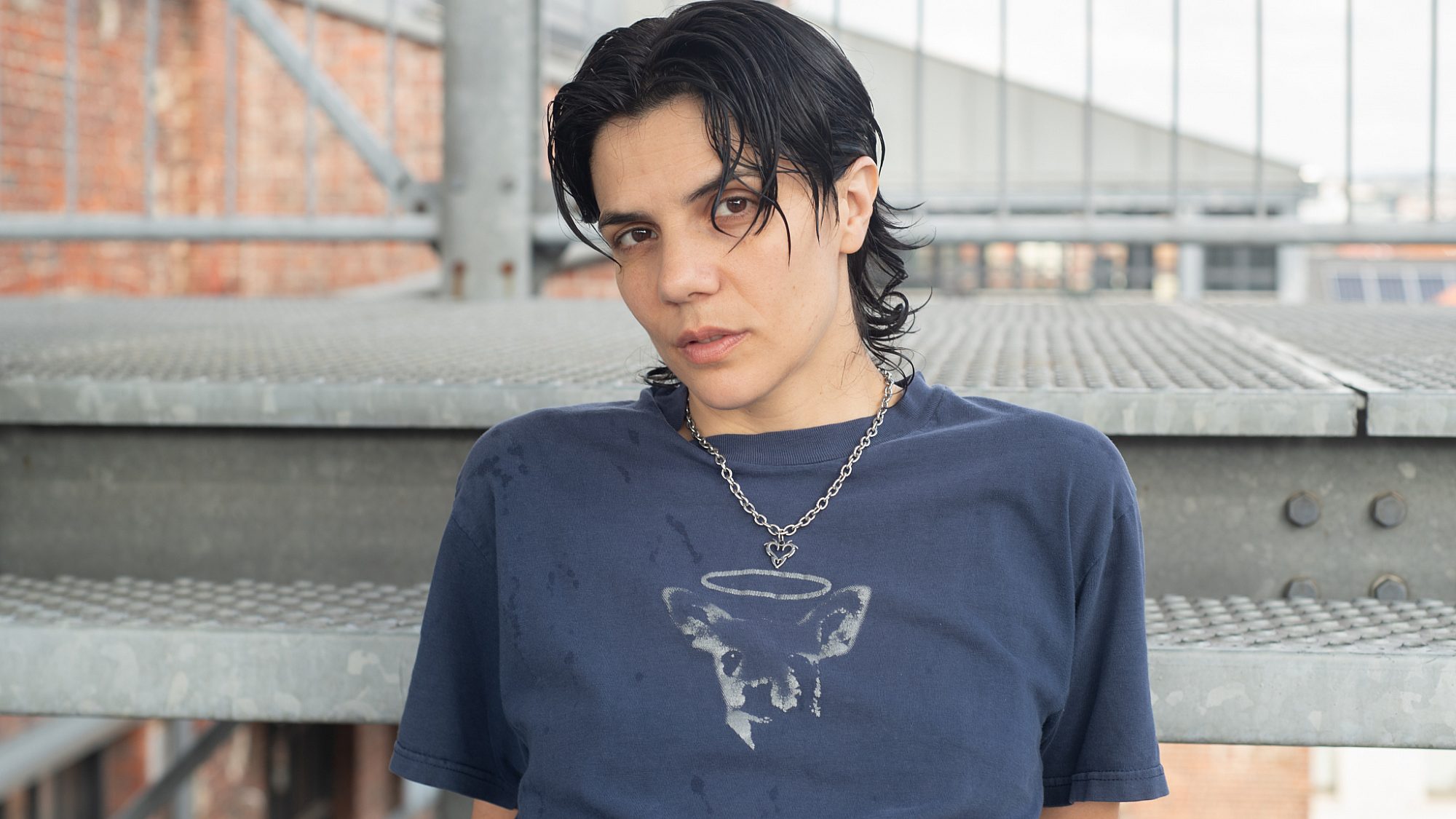Collaborations
Bent Hollow

Service provided by Parbleux
- Delegated production since 2016
Clara Furey is a choreographer and performer based in Tiohtià:ke/Montreal. She explores the codes that travel in and across various art forms. She looks at encouraging an awakening of the sensorial perceptions of the audience and the performers, giving them emotive immediacy, direct access.
After completing musical training at the Conservatoire de Paris, she trained as a dancer at the École de danse contemporaine de Montréal and later worked with choreographers such as George Stamos, Damien Jalet, and Benoît Lachambre.
In 2017, she choreographed her first group work, Cosmic Love. She also gave 90 performances of her solo piece When Even The as part of the MAC exhibition honouring Leonard Cohen. In 2019 she created Rather a Ditch, a solo piece performed by Céline Bonnier.
With Dog Rising (2021), Furey concludes her exploration of tension and immobility, freeing previously contained energies in a performance focusing on persistence, groove and pleasure.
With her latest creation, UNARMOURED (2024), she calls for an erotism on her terms. A polyphonic architecture of pleasure.
Her works toured in numerous festivals including the Biennale of Venice, the Festival TransAmériques in Montreal, ImPulsTanz in Vienna, Performance Mix in New-York City, Fierce Festival in Birmingham, B‑Motion in Bassano del Grappa, and in different countries such as Lithuania, Czech Republic, Slovakia, Spain, The Netherlands, Belgium, Germany, Azerbaïdjan, and Bulgaria.
Continuing international tours, she also regularly teaches workshops.
Artistic intent
I’m interested in exploring the codes that travel in and across various art forms.
My practice in movement gives equal consideration to both space and sound, with the goal of encouraging the awakening of the sensorial perceptions of the audience and the performers, giving them emotive immediacy, direct access.
I’m guided by the belief that beauty might appear after a long arduous process. Not beauty that appears out of nowhere, but beauty that is already there, under the layers.
I often work in minimalist set-ups that can foster intimate atmospheres and invite us to take a contemplative posture. I want to leave room for the creative mind of the spectator. Sometimes a deep feeling of emptiness arises in my work or rather an investigation around the concept of emptiness and all the links and dynamics that it is filled with. The void becomes a conveyor of possibilities and allows all form of communication to coexist.
I am in a constant dialogue with the other mediums and collaborators taking part in the work and this is what excites me. This was the case, for example, with my dance When Even The beside one of Marc Quinn’s imposing lead sculptures, the aptly named Coaxial Plank Density where I sought to question the existential void in a ritual dance which examined the porosity between life and death.
Ultimately – in between the lines of space and sound, I create pieces that are at once literal and abstract in which audiences can assemble their own elements, understand what they need to understand as they see fit. It is in abstract dense poetic fragments and their ability to compress the story that I often find inspiration to begin a new work. Moving through improvisations and a constant reconsideration of the most basic gestures, my performances often employ duration and repetition of ritualized movements. I take great care not to take this for granted. Because these movements always come loaded with a constantly changing mix of both meaning and non-meaning.
I’m interested in what you could call “existential dance experiments” where I can explore states of being, where we can explore mystical interior landscapes and attempt to locate radiance within the enveloping darkness.
I’m interested in the different constellations of listening we can develop through physical practices and the practice of empathy.
My work is porous – porous in the choreographic offerings I propose, porous in what the performers exude, a porosity I hope can be seen and felt in the energetic exchange between us all.